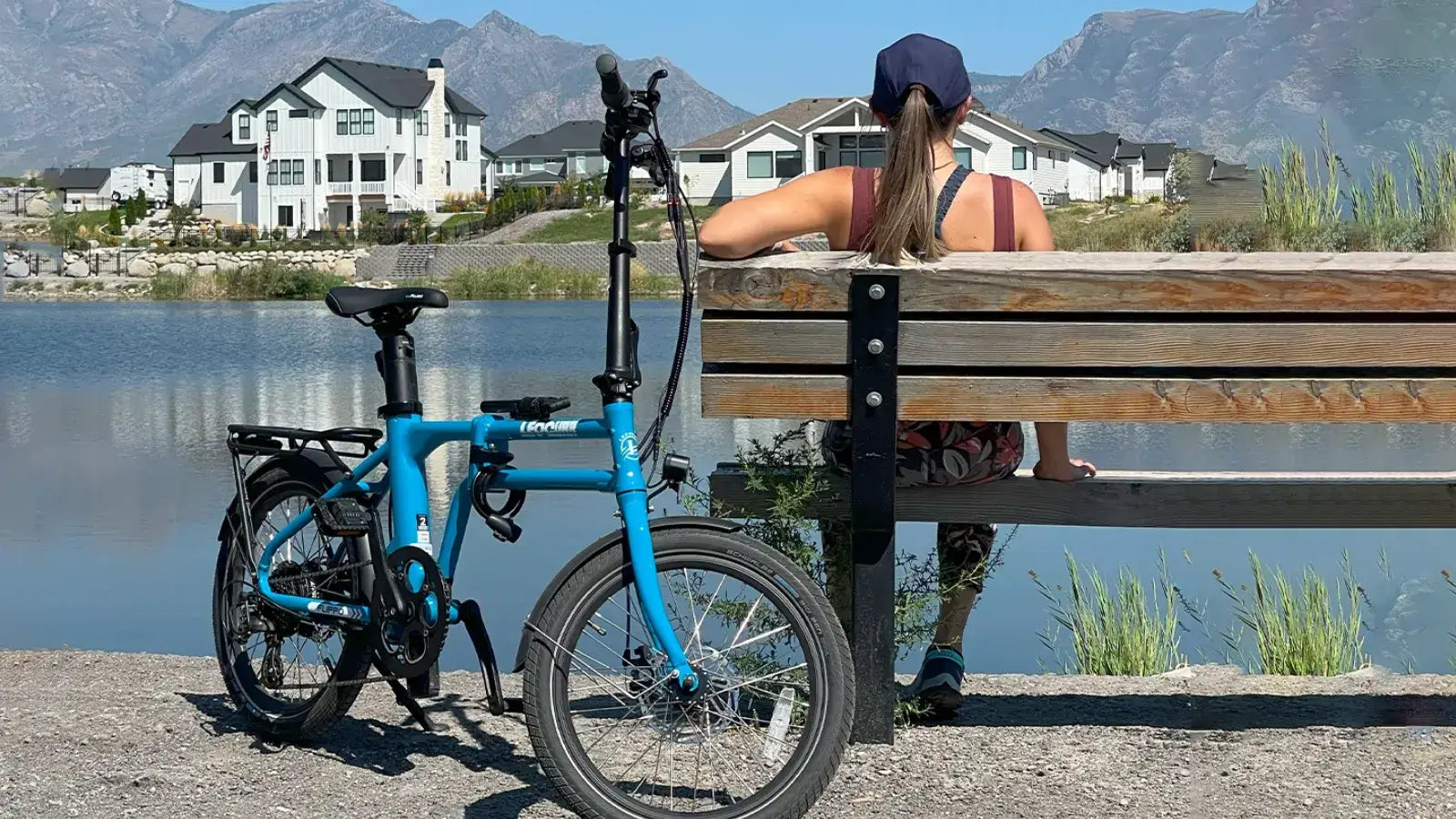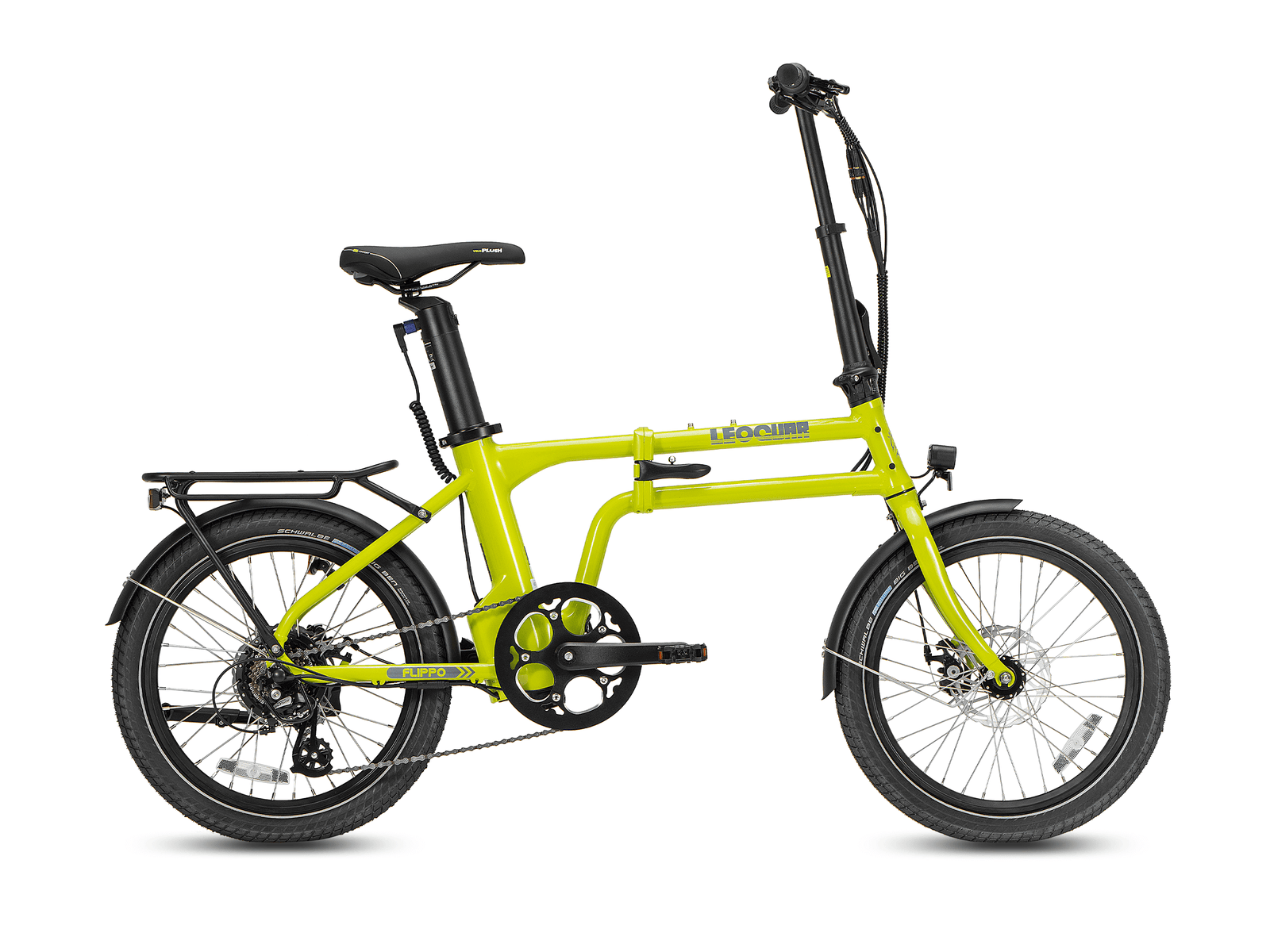
Hidden Costs of Electric Bikes Under $200 for Adults
The Allure of the Deal
The search for electric bikes under $200 for adults is tempting. We see listings on big online stores that promise electric bike freedom for the price of dinner out. It feels like a deal we can't pass up. Let's be direct and save you a future headache: a new, safe, and reliable adult electric bike at this price does not exist.
What you're seeing are products that are often dangerous. The initial low price is a trap. This article gives you frank advice about the real costs in money, time, and safety hiding behind that $200 price tag. We want to help you make a smart choice, not a costly mistake.
Breaking Down the Deal
To understand why a $200 e-bike is a trap, we need to see what you actually get. The total cost of an e-bike equals the sum of its parts, and when the price is impossibly low, every single part has been cheapened to a dangerous level. As experienced mechanics and riders, we can tell you exactly where corners are cut and what it means for you.
The Battery Risk
The battery is the most expensive and important part of any e-bike. On a good bike, this part alone costs more than $400. So what kind of battery comes with a $200 complete bike?
- It uses uncertified, low-quality cells from unknown brands.
- It lacks a good Battery Management System (BMS), which is the safety circuit that prevents overcharging, overheating, and failure. The advertised range is almost always a wild lie.
- Expect less than half of what they promise, with performance getting worse fast after just a few charges.
- The biggest risk is fire. A poorly made battery is a major fire hazard, especially when charging in your home.
- A replacement battery for a standard e-bike often costs between $300 and $500, far more than this entire machine.
The Weak Motor
The motor makes an e-bike an e-bike. In this price range, the motor is less of a helper and more of a problem.
- Listings often claim 250W motors, but the real power is much lower and inconsistent.
- It will fail to help an average adult, especially on hills. We have tested bikes where the motor provides so little power that it cannot overcome the bike's weight, making it harder to pedal than a regular bike.
- These cheap motors overheat and break early. Having your "electric" bike motor die halfway up a small hill, leaving you to push a 50-pound clunker, is frustrating and defeats the purpose of buying an e-bike.
Brakes and Frame
If the battery is a fire risk, the frame and brakes threaten your physical safety. E-bikes are heavier and faster than regular bikes, and they need strong parts to be controlled safely.
- Brakes will be the cheapest mechanical disc or V-brakes available.
- These parts lack the stopping power to safely slow down a heavy e-bike carrying an adult rider, especially at speed or going downhill. Brake failure is common and terrifying.
- The frame will be made of heavy, low-grade steel with weak welds.
- We've seen frames on these bikes that bend alarmingly under a rider's weight, creating an unstable ride. As expert teardowns of these models often reveal, the build quality is simply not safe for transporting an adult.
- A frame crack during a ride could be deadly.
Other Cheap Parts
Every other part of the bike has one goal: to be as cheap as possible.
- Tires will be made of hard, low-quality rubber that offers poor grip and gets punctures easily.
- You will spend lots of time and money fixing flats. The drivetrain, including shifters and derailleurs, will be a generic, clunky system that shifts poorly, if at all.
- Plastic pedals, uncomfortable seats, and cheap grips will break within weeks or months of use, requiring immediate replacement.

The True First-Year Cost
The most misleading part of an electric bike under $200 for adults is the price tag. The real price isn't what you pay on day one; it's the total cost over the first year. That initial "deal" quickly disappears when you're forced to replace or upgrade parts just to make the bike work and stay safe.
A Money Breakdown
Let's look at a realistic budget for the first year. The initial purchase is just the down payment on a long series of required expenses.
| Item | Estimated Cost | Necessity / Likelihood |
|---|---|---|
| Initial Purchase Price | $200 | Upfront Cost |
| Immediate Upgrades | ||
| Decent Brake Pads/Calipers | $50 | Immediate Safety Upgrade |
| Puncture-Resistant Tires | $60 | High Priority |
| Basic Safety Gear (Helmet, Lights) | $50 | Essential |
| Likely First-Year Costs | ||
| Full Battery Replacement | $250+ | Highly Likely (within 6-12 months) |
| Professional Tune-up/Repair | $75+ | Likely (due to poor assembly) |
| Estimated First-Year Total | $685+ | Realistic Cost |
The table doesn't lie. Your $200 "bargain" will realistically cost you nearly $700 in the first year alone. The brake upgrade isn't optional; it's a critical safety fix. The tires will need replacement almost immediately to avoid constant flats. The battery is a ticking clock, and its replacement will cost more than the bike itself. Since these bikes arrive poorly assembled, a professional tune-up is often needed just to get the gears and brakes working at a basic level.
Beyond Your Wallet
The true cost of a $200 e-bike goes far beyond your bank account. The non-money costs can be even worse, affecting your time, your patience, and most importantly, your physical safety.
Think of the time wasted. Instead of enjoying a ride, you'll constantly tinker with a bike that never works right. You'll adjust brakes that won't stay aligned, fix a chain that keeps dropping, and patch another flat tire. The frustration of being stranded miles from home when the uncertified battery dies or the cheap motor gives out is immense. This isn't reliable transportation; it's a source of constant stress.
Most critically, these bikes are dangerous. The combination of a heavy frame, weak brakes, and an unpredictable motor is a recipe for an accident. But the worst danger lies with the battery. The U.S. Consumer Product Safety Commission has issued multiple official warnings from consumer safety commissions about fires caused by uncertified batteries in e-mobility devices. Charging a poorly made, uncertified battery in your home or garage exposes you and your family to a very real risk of a devastating fire. This risk alone makes any potential savings utterly worthless.
Smarter Choices
We understand that budget is a main concern. The good news is that you don't have to fall into the $200 e-bike trap to get on two wheels. By being a smart shopper, you can find a fantastic, safe, and reliable solution that respects your budget. Here are three far better strategies.
Option 1: Used Bike
For $200, you can't buy a good new e-bike, but you can buy a fantastic used regular bicycle. Check your local bike shops, community marketplaces, or cycling forums.
For that price, you can find a well-maintained bike from a good brand like Leoguar, Giant, or Specialized. It will be built with quality parts, weigh much less, and be far more enjoyable and safer to ride. It won't have a motor, but it will be a reliable machine that provides years of service, exercise, and dependable transportation. This is the single best and safest option at the $200 price point.
Option 2: DIY Conversion
If you have mechanical skills and enjoy tinkering, a DIY e-bike conversion can be a rewarding project. The strategy is to start with a solid foundation: a good quality used regular bike (see Option 1). Then, you can buy a separate, reputable e-bike conversion kit. The key here is to invest in a kit that includes a battery with brand-name cells from manufacturers like Samsung, LG, or Panasonic. This approach allows you to pair a quality frame and parts with a safe and reliable motor and battery, giving you control over the quality of your build.
Option 3: Save Up
The best long-term solution is to save for a reputable, entry-level electric bike. Look at the money breakdown again: the realistic first-year cost of a $200 e-bike is over $685. You are already most of the way toward a much better, safer, and more enjoyable vehicle. Brands like Leoguar, Ride1Up, and Aventon offer excellent e-bikes in the $800 to $1,500 range. These are bikes that reputable cycling publications have tested and approved, and they come with warranties, customer support, and UL-certified parts. Saving for a few more months to buy one of these bikes is an investment in your safety and long-term satisfaction.

The Final Word
The search for electric bikes under $200 for adults comes from a desire for affordable mobility, and that is completely understandable. However, the reality of the market is that this price point can only deliver a product that is unreliable, frustrating, and dangerously unsafe. It is a classic "too good to be true" scenario.
The hidden costs are the most important part of the story. The initial $200 price tag is just an entry fee for a year of expensive and necessary repairs that will ultimately cost you far more. Beyond the money drain, you'll pay with your time, your frustration, and by taking on unacceptable safety risks, from brake failure to battery fires.
Instead of falling for a costly mistake, we urge you to invest wisely. Choose one of the smarter alternatives: get a high-quality used regular bike, build your own e-bike with reputable parts, or save a bit longer for an entry-level e-bike from a trusted brand. This path will lead you to a bike that brings you joy, freedom, and reliable transportation—not headaches and danger.
FAQ
1. Q: Are there any safe electric bikes under $200 for adults?
A: No, there are no safe, reliable electric bikes under $200 for adults. At this price point, manufacturers must cut corners on critical safety components like batteries, brakes, and frames, creating dangerous products that pose fire and accident risks.
2. Q: What's the real cost of owning a $200 electric bike in the first year?
A: The realistic first-year cost is around $685 or more. This includes the initial $200 purchase plus necessary safety upgrades like better brakes ($50), puncture-resistant tires ($60), safety gear ($50), battery replacement ($250+), and professional repairs ($75+).
3. Q: Why are cheap e-bike batteries so dangerous?
A: Cheap e-bike batteries use uncertified, low-quality cells and lack proper Battery Management Systems (BMS). This makes them prone to overheating, overcharging, and catastrophic failure, which can cause house fires. The U.S. Consumer Product Safety Commission has issued official warnings about these fire risks.
4. Q: What should I buy instead of a $200 electric bike?
A: Your best options are: 1) Buy a quality used conventional bike from a reputable brand for $200, 2) Build your own e-bike using a good used bike plus a quality conversion kit with certified batteries, or 3) Save up for an entry-level e-bike from trusted brands like Lectric, Ride1Up, or Aventon ($800-$1,500 range).
5. Q: How can I tell if an electric bike under $200 listing is legitimate?
A: Most listings for electric bikes under $200 for adults are not legitimate complete bikes. They're often conversion kits without the bike, mislabeled kids' toys, or dangerously compromised products. If the price seems too good to be true for a complete adult e-bike, it almost certainly is.








































Leave a comment